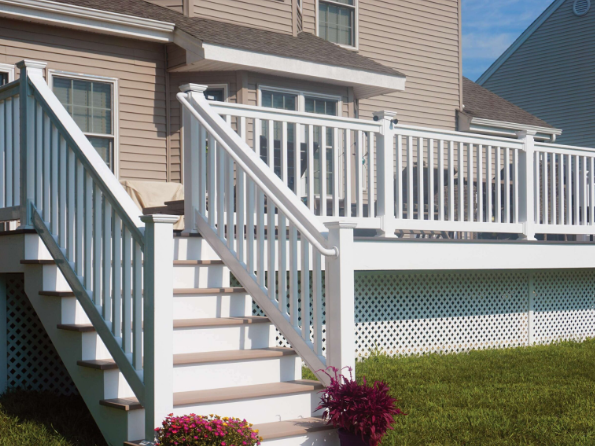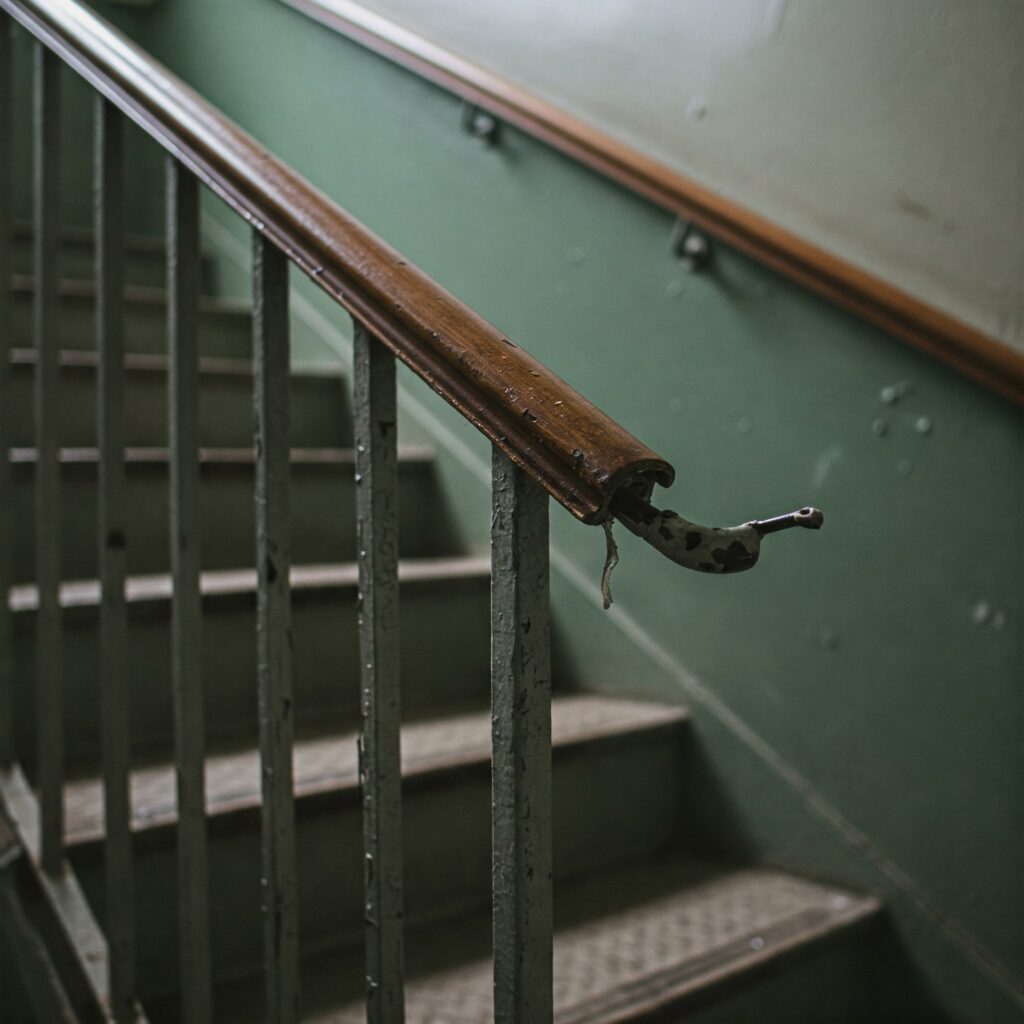You may not think much about handrails, but these seemingly simple features play a crucial role in home safety and can even impact your insurance coverage.
Why are Handrails Important?
Handrails provide essential support and stability, especially for:
- Elderly Individuals: As we age, balance and mobility can decline. Handrails help prevent falls on stairs, in bathrooms, and around decks and porches.
- Individuals with Disabilities: Handrails are essential for individuals with mobility limitations, ensuring safe and independent movement throughout the home.
- Children: Young children may need extra support when navigating stairs or uneven surfaces. Handrails provide a sense of security and can help prevent falls.

Handrails and Insurance
Insurance companies are increasingly concerned about the safety of the homes they insure. Proper handrail installation can:
- Reduce the risk of falls: This leads to fewer claims related to injuries from falls.
- Demonstrate proactive safety measures: Insurers may view homes with adequate handrails as less of a risk, potentially leading to lower premiums.
- Improve claim processing: In the event of a fall, proper handrail installation can help demonstrate that reasonable safety precautions were taken, which may strengthen a claim.
Types of Handrails
- Staircase Handrails: Required on both sides of staircases with four or more steps.
- Bathroom Handrails: Essential near bathtubs, showers, and toilets for added support and safety.
- Deck and Porch Handrails: Crucial for safe access to outdoor areas.
- Ramp Handrails: Required on both sides of ramps for accessibility.
Identifying Handrail Issues

- Missing Handrails: The most obvious issue, but also the most critical.
- Loose or Unsteady Handrails: Can pose a tripping hazard and offer little support.
- Improperly Installed Handrails: Handrails that are too low, too high, or not securely attached are ineffective.
- Handrails in Disrepair: Rotting wood, loose screws, or damaged surfaces can compromise safety.
Maintaining Handrails
- Regular Inspections: Check for loose screws, cracks, and signs of wear and tear.
- Tighten Loose Connections: Regularly tighten screws and bolts to ensure stability.
- Address Damage Promptly: Repair or replace any damaged sections of the handrail.
- Professional Maintenance: Consider having a professional inspect and maintain handrails, especially for older homes.
Conclusion
Investing in proper handrail installation and maintenance is not just about safety; it can also positively impact your insurance coverage. By taking these proactive steps, you can create a safer home environment and potentially save money on your insurance premiums.
